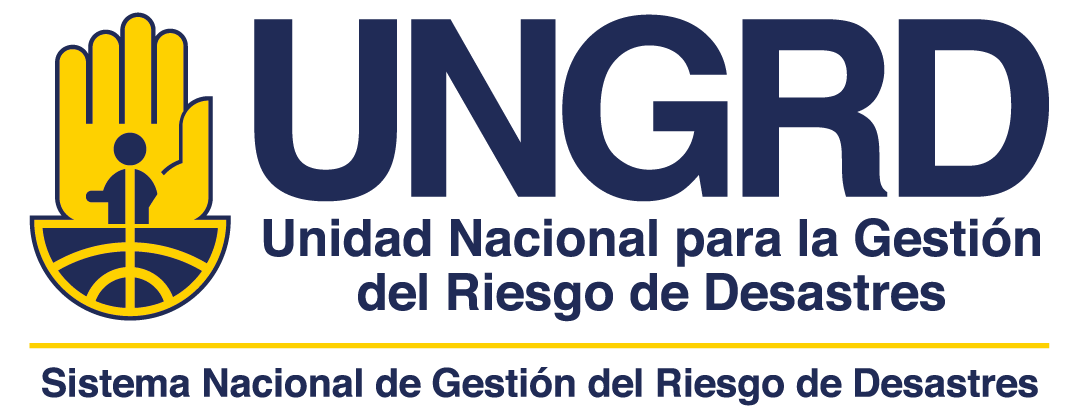Financing of shelter and infrstructure
Resumen
"s.l, United Nations. Commission on Human Settlements, dec. 1988. 14p. In its resolution 10/16 of 16 April 1987, the Commission on Human Settlements requested the Executive Director of the United Nations Centre for Human Settlements (Habitat)""to draw up a report on the financial constrainsts and needs of the developing countries and possible solutions for obtaining the funds required to attain the human settlements aims and goals set by the Commission."" The resolution reflected the concern of the Commission that the lack of adequate financial resources would prove to be the main constraint to the goal of shelter for all by the year 2000. The Commission also decided to include consideration of the report in the agenda of its twelfth session. The report is divided into four substansive parts (chapters two to five). Chapter two outlines the current trends in the world economy and their implications on national and international efforts of implementing the Global Startegy of Shelter for all by the year 2000. In chapter three, the basic principles of enabling shelter policies are reviewed in light of their implications for outlining the elements of effective financial systems. Chapter four outlines a number of characteristics of shelter finance which represent constraints to the development of the shelter sector and to integrating shelter finance into national finace systems. A number of options are then presented for increasing the availability of financial resources and for adopting effective mechanisms which channel those resources to a sustained shelter development. Chapter five presents financial options for infraestructure development which are consistent with the concept of enabling strategies. Introduced by general principles of financing in terms of investment needs, the chapter outlines techniques of infraestructure financing the role of the private sector in financing infraestructure provisions, the need to enhance the role of local governments, and opportunities for public-private partnersships. The conclusions in chapter six contain recomendations for national action, future directions for international assistance (including a discussion of debt-equity conversions and their potential implications for the shelter sector)and suggest a number of issues for discussion by the Commission when considering this report (AU). "



